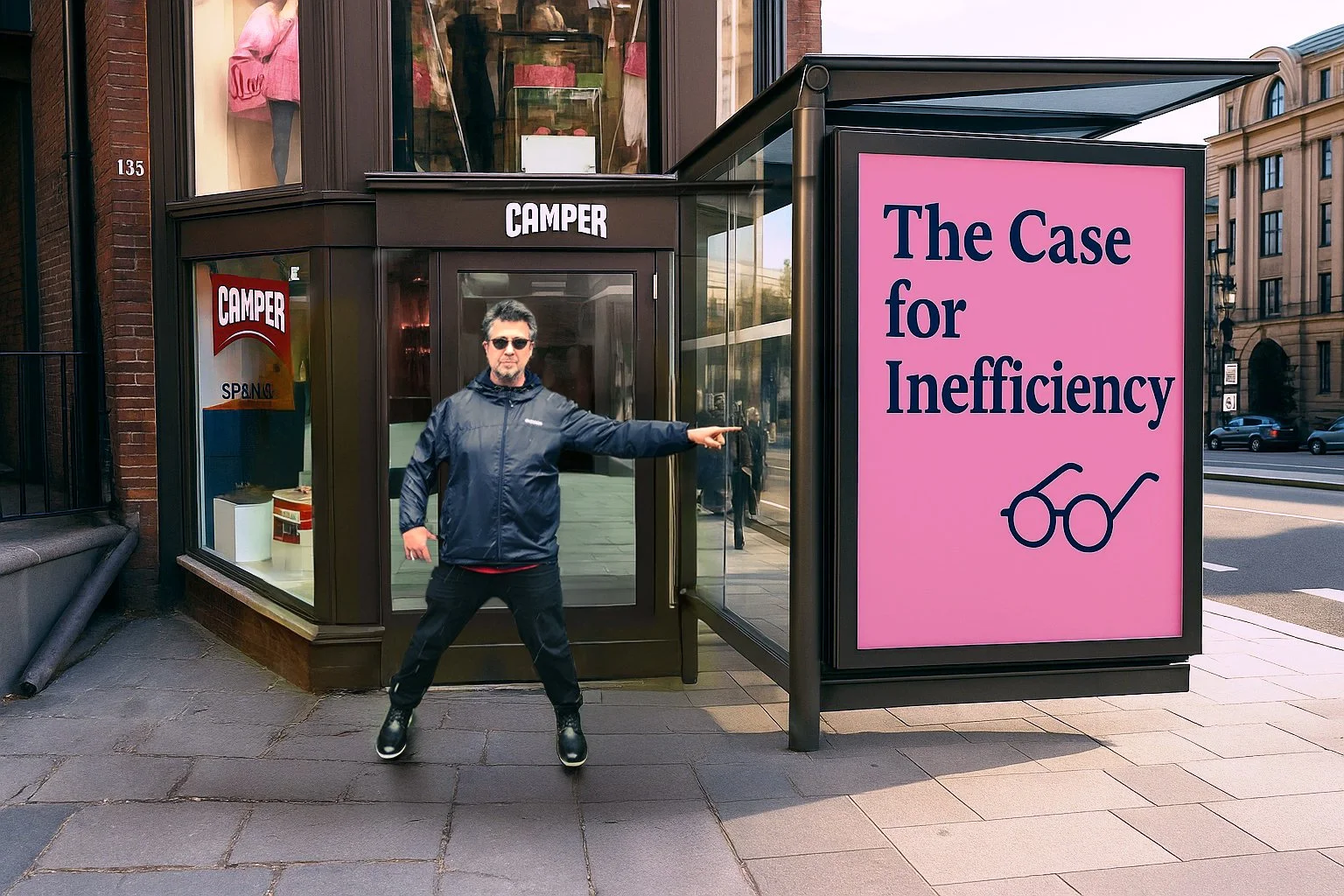When Deep Understanding Refuses to Be Automated
The Hermeneutic Workflow Methodology Movement (HWMM)
A slow, interpretive approach to human–AI collaboration that protects nuance and keeps the human expert at the center.
What is the “Hermeneutic Workflow Methodology Movement”?
The Hermeneutic Workflow Methodology Movement (HWMM) is an emerging approach that blends the philosophical tradition of hermeneutics with modern workflows. It is designed as a counterweight to the rapid, generic, and often shallow output of today’s AI systems. Rather than replacing human expertise, HWM emphasizes the role of the human as the central interpreter and director.
Core concepts and motivations
- Response to AI limitations: Tackles workslop—the mass of low-quality, culturally empty AI content.
- The hermeneutic circle: Understanding develops iteratively, moving between whole and parts, guided by the human expert.
- Fusion of horizons: Inspired by Gadamer, the method expands human understanding through dialogue with AI-generated text.
- Future-proofing expertise: Positions humans in roles of judgment, direction, and interpretation, ensuring trusted outcomes.
- Dialogue over automation: Frames AI as an interlocutor, not an oracle. Human-led dialogue shapes the results.
Practical application
- Initial analysis: Human frames the problem and context.
- Generative step: AI produces a draft or artifact.
- Critical interpretation: Human critiques and identifies weaknesses.
- Iterative refinement: Human refines prompts, moving between whole and parts.
- Final product: Human judgment shapes the final, authentic outcome.
Who is discussing this?
As of October 2025, discussion is still nascent, with references in:
- East Asia Translators Journal: Mentions HWM in translation ethics debates.
- YouTube: A video frames HWM as a roadmap for creative collaboration.
- webproject.jp: Tech blogs and forums include overviews of the concept.
Closing perspective
The HWMM offers a way to use AI responsibly—slowing down, interpreting deeply, and ensuring the human expert leads the process. If the past decade was about faster output, the next may be about better understanding.
